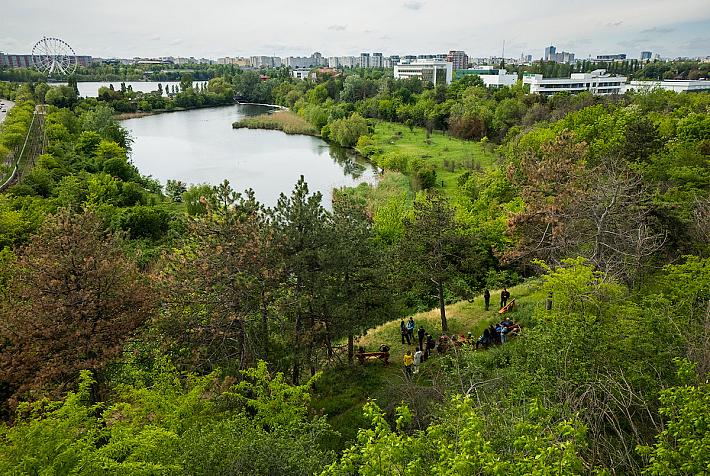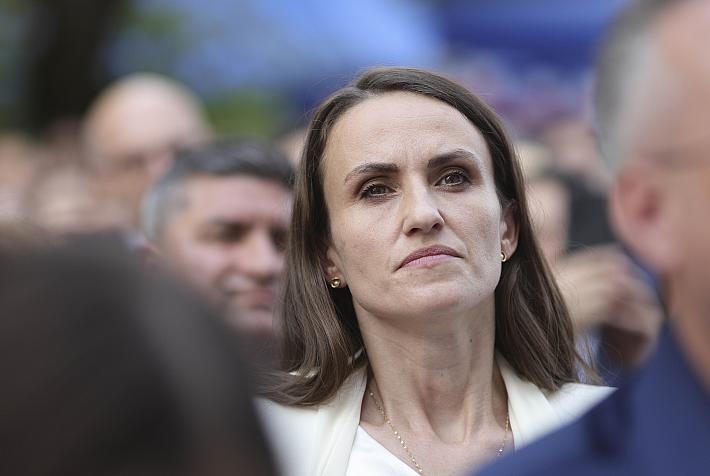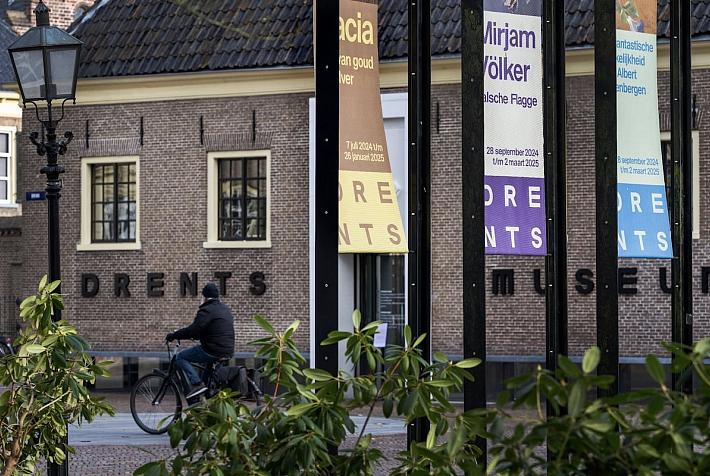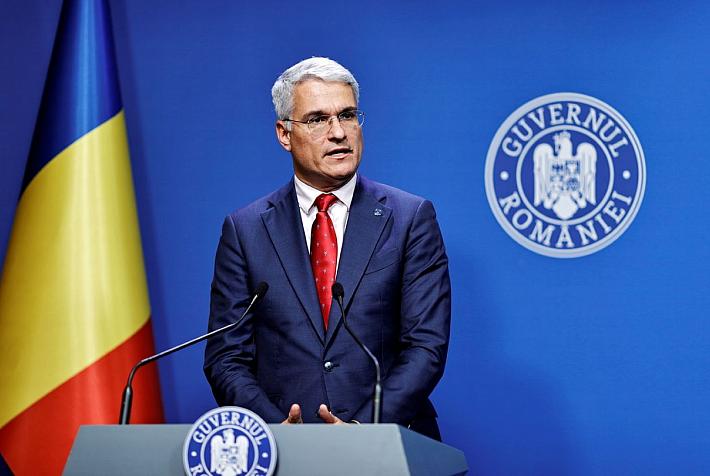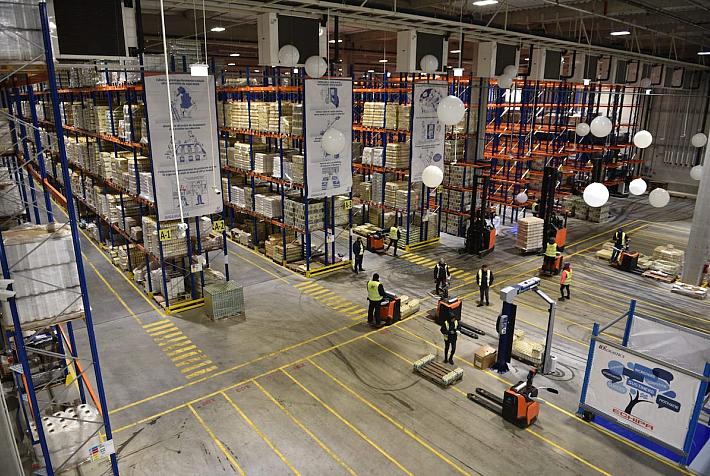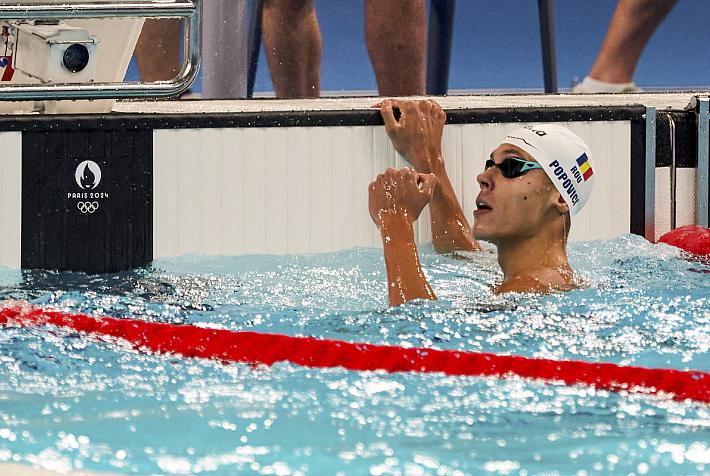Romanian film review – Lives in Pictures: Timebox
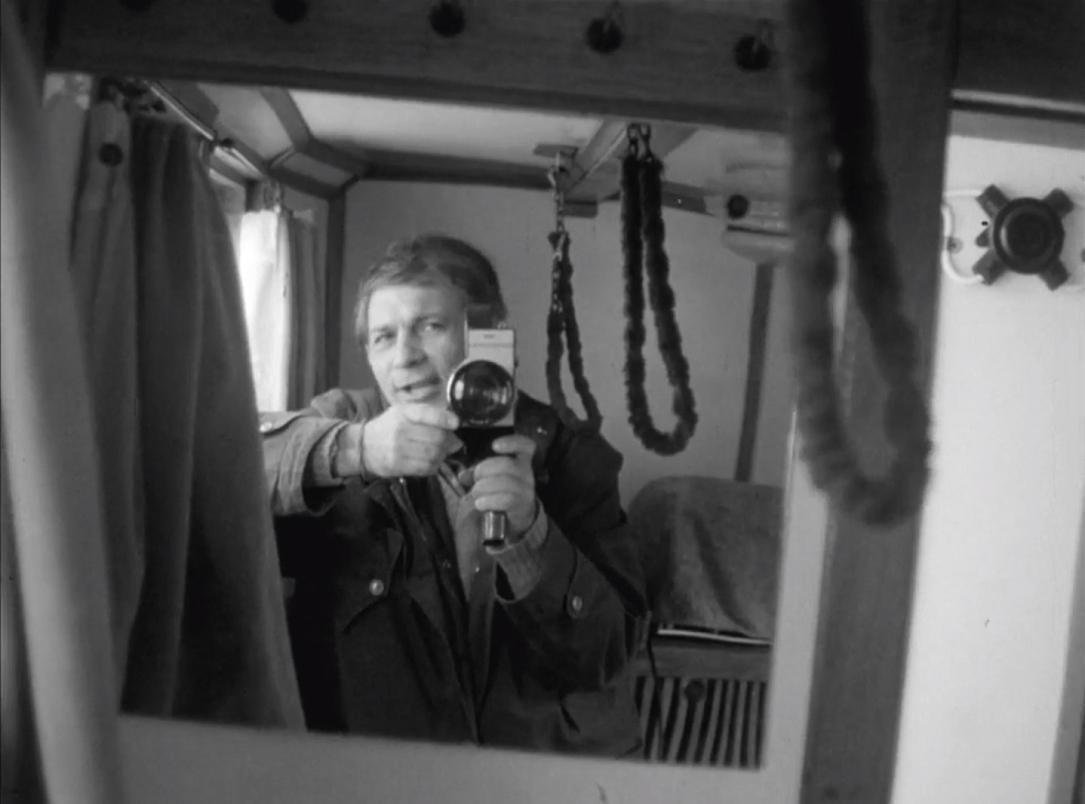
The north-eastern city of Iași, an important cultural centre and Romania’s second-largest city after Bucharest, has been documented for more than forty years by Ioan-Matei Agapi, a prolific photographer and documentarian. Agapi has an immense archive of 16mm films and photographs, ranging back to the sixties. Although not a member of the Communist Party, he was commissioned by it to document party events in Iași, but he also shot what interested him personally. His collection is unique in Romania, a (so much more than political) decades-spanning chronicle of a city and its inhabitants. Agapi, a rebellious, perceptive artist who also collected photographs and cameras, and taught film and photography classes in his home, was evicted from said home in Braunstein Palace, a state-owned historical building.
His work and musing are captured by his daughter, photographer and cinematographer Nora Agapi in her debut feature documentary Timebox. Initially a portrait of her father, the film, which took over six years in the making, was caught up by life-altering news when the city of Iași sent Agapi an eviction notice in order to restore the Palace and open it as an arts centre. The decision is particularly ironic, not too say cynical, when Agapi’s collection – which would not have any space in the poor options offered to him initially by the city council (the current flat is a bit better suited and was granted to him after much pressure) – is itself an impressively varied historical and artistic collection. Timebox became much more than a personal portrait, a father-daughter dialogue, and a reflection on art and individual and collective memory; it is also a political comment on seniors’ lives and rights in Romania, housing policies, and what is considered to be valuable as a cultural artefact and worthy of preservation.
The film is both very personal and general in its look at an artist’s life and a very touching one. While its themes are very serious, the tone is often playful, especially in the easy, loving and honest rapport between father and daughter, both artists, and mostly thanks to Matei Agapi’s charm. A funny, irreverent, and insightful storyteller, he is an artist through and through whose passion for art and life is infectious. What stayed with me most, though, is how a collection of this importance is neglected by authorities. Thankfully, the 16mm film archive has been digitised by Agapi with help from friends, but the real challenge would be to do the same with the much vaster collection of photographs. However, the fact itself that the film has been released it a great success and the filmmakers will start a funding campaign to manage the task. The plan would also be to open a House of Photography.
By being such a topical comment on a country’s disinterest in the idea of patrimony, Timebox touches a painful nerve. The absolute indifference to preserving a cultural and artistic heritage is blatant in Romania, at least at official level and, with few exceptions, it is mostly private individuals and foundations that do their best to draw attention to the necessity of doing so, and raising funds and means to act.
Timebox premiered on 6 December and is currently screening throughout the country. This is one of the year’s most personal, moving, and relevant projects, so don’t miss it. You can check out its locations and screening times at cinemagia.ro.
By Ioana Moldovan, columnist, ioana.moldovan@romania-insider.com
(Photo source: Timebox Documentary Facebook Page)






